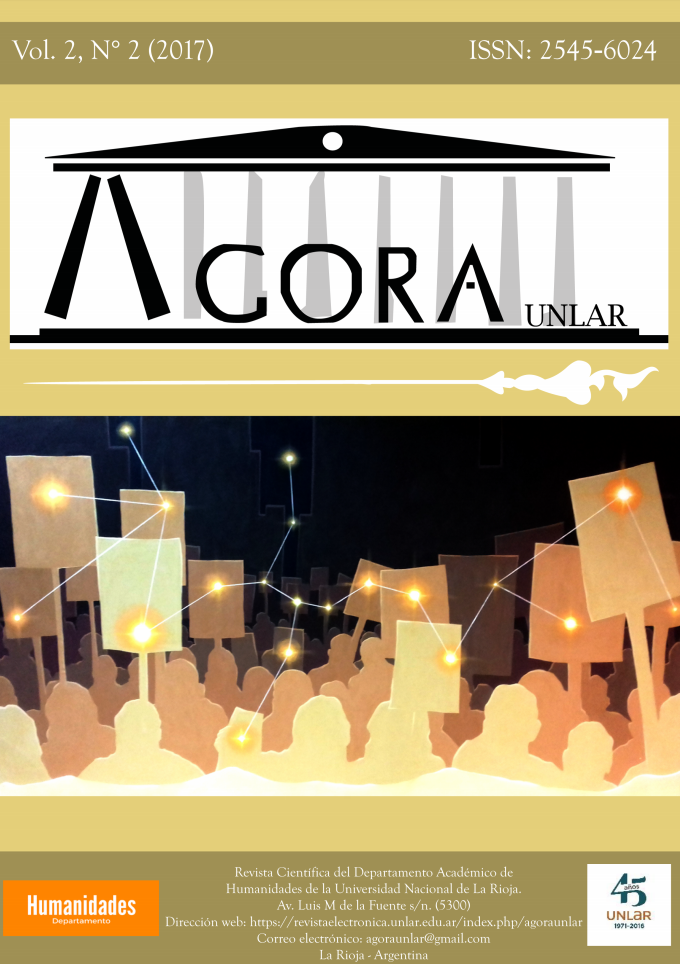PICASSO: UN PINTOR MEDITERRÁNEO EN PARÍS. EL ORIGEN Y LA MITOLOGÍA COMO BASE PARA REAFIRMAR LA IDENTIDAD DEL ARTISTA (1925-1937)
Palabras clave:
Picasso, mitología, origen, cultura mediterránea, identidad.Resumen
Hacia mediados de los años veinte, Picasso se encuentra ante una problemática de difícil solución. El mundillo de los Ballets Rusos y la alta sociedad había dejado de satisfacerle, y su relación con Olga Khokhlova no pasaba por su mejor época. Poco interesado en los lujos y placeres de la riqueza, buscaba nuevas soluciones para un arte que se estancaba, o al menos empezaba a ser duramente criticado por los más rebeldes entre los jóvenes dadaístas. El contacto con el surrealismo supuso la entrada de aire fresco en su obra, pero no conectaba plenamente con ellos y necesitaba reforzar su posición como líder artístico, para lo que no dudó en hacer uso de la mitología y sus orígenes mediterráneos. Este artículo pretende aportar luz a la creciente introspección del periodo surrealista (1925-1937) donde, más que un nuevo estilo, Picasso trabaja en la búsqueda de una nueva imagen de sí mismo. Comienza a hacer esbozos sobre la muerte de Orfeo en 1930, lo que, unido a la reaparición poco antes del Cristo crucificado, y la posterior presencia del Minotauro, ya definitiva como alter ego, configurará la nueva identidad que pretende proyectar. Orfeo, al interactuar con la tríada de mujeres, enlaza la representación femenina y la del yo del artista. El poeta mítico determina lo autorreferencial picassiano en los treinta, subrepticiamente actúa bajo las acciones de Cristo y el Minotauro con su rasgo principal, la mirada hacia atrás. Esto tendrá un sentido determinado, y es lo que hemos llamado ideograma Orfeo.ABSTRACTIn the mid-1920s, Picasso faced a dilemma. The circlesofthe Ballets Russesand high society did not appeal to him anymore, and his relationship with Olga Khokhlova was going through a difficult time. Uninterested in the luxury and pleasures of wealth, he searched for new solutions for an art that was becoming stagnant, or at least he was starting to be harshly criticized by the most rebellious young Dadaists. His approach to Surrealism added a breath of fresh air to his works, but he didn’t quite share its view and needed to reinforce his artistic leadership, so he did not hesitate to resort to Mithology and his Mediterranean origins. The aim of this article is to provide an insight into the increasing introspection of the Surrealist period (1925-1937) when, more than the acquisition of a new style, the painter concentrates on the development of a new self-image. In 1930 Picasso begins to sketch Orpheus’ death which, in addition tothe earlier reappearance of the crucified Christ and the later emergence of the Minotaur as an alter ego, will shape the new identity he wishes to reflect. Orpheus, by interacting with the triad of women, brings together the feminine depiction and the artist’s own self. The mythical poet determines Picassian self-referencein the thirtiesand surreptitiouslyworks under the influence of Christ and the Minotaur’s distinctive feature, the backward glance.This will bear a specific significance, which we have called Orphic ideogram.Key words: Picasso, mythology, origins, Mediterranean culture, identity.Descargas
Publicado
23-05-2017
Número
Sección
ARTÍCULOS DE INVESTIGACIÓN O REVISIÓN TEÓRICA





